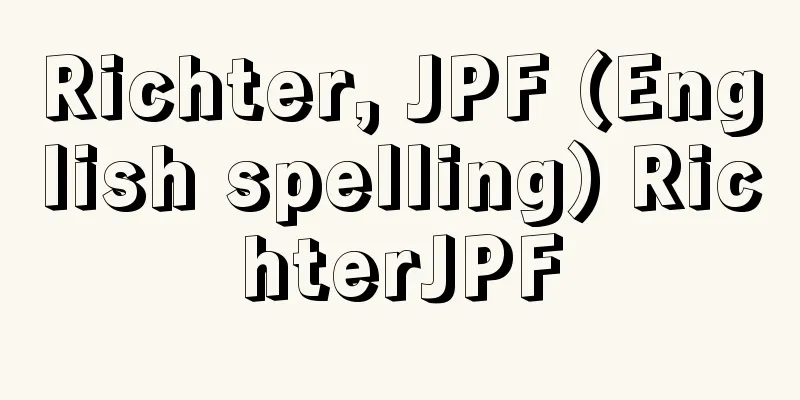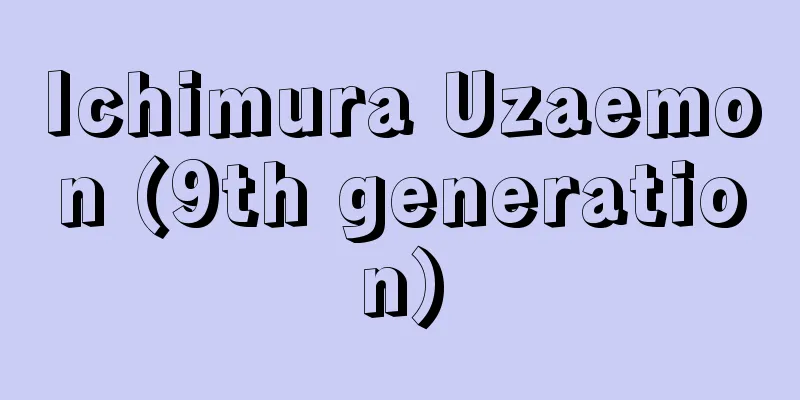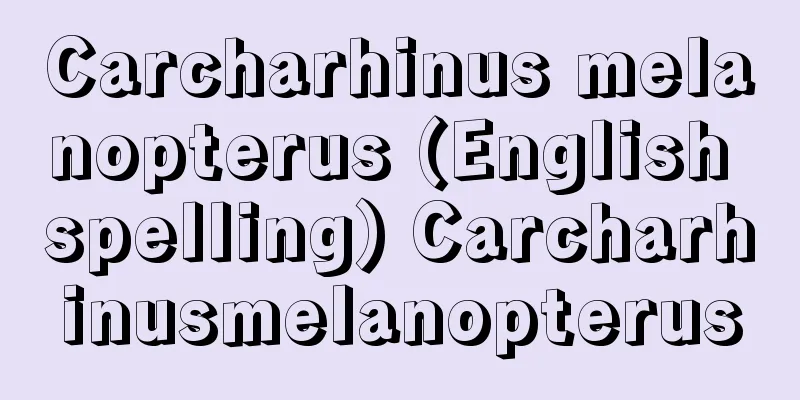Hevesy - Georg von Hevesy

|
Hungarian physical chemist. Born in Budapest. After graduating from the Technical University of Berlin and the University of Freiburg, he served as an assistant to Richard Lorenz (1863-1929) at the Zurich Polytechnic and to Haber at the Karlsruhe Polytechnic. In 1911, he worked on research into radioactive substances under Rutherford at the University of Manchester, and in 1913 moved to the Radium Institute in Vienna, where he studied the solubility and exchange reactions of lead compounds using lead isotopes as a tracer. This was the beginning of radioisotope tracer technology. He returned to the UK during World War I and became a professor of physical chemistry at the University of Budapest. In 1920, he was invited as a visiting professor at the Bohr Institute for Theoretical Physics at the University of Copenhagen, where he conducted research into isotope separation. In 1922, together with Dirk Coster (1889-1950), he discovered hafnium using X-ray spectroscopy, proving Bohr's theory of atomic structure. In the same year, he measured the absorption of lead isotopes by legume plants, paving the way for the application of tracer technology to biology. In 1931 (Showa 6), on his way back from the United States, he visited Japan at the invitation of the RIKEN Institute. After the German army invaded in 1943, he defected to Sweden and became a professor at the Laboratory of Organic Biology at Stockholm University. He used radioactive isotopes to clarify the mechanisms of various biological phenomena, and also conducted research on cancer, such as changes in the blood in cancer cells. In 1943, he was awarded the Nobel Prize in Chemistry for his achievements in the application of radioisotopes to research on chemical reactions. His major works include Das Element Hafnium (1927), Radioactive Indicators (1948), and Adventures in Radioisotope Research (1963). [Tadatoshi Goto] [Reference] | | | | |Source: Shogakukan Encyclopedia Nipponica About Encyclopedia Nipponica Information | Legend |
|
ハンガリーの物理化学者。ブダペストに生まれる。ベルリン工科大学、フライブルク大学などを卒業後、チューリヒ工科大学のローレンツRichard Lorenz(1863―1929)、カールスルーエ工科大学のハーバーの助手を務めた。1911年マンチェスター大学のラザフォードの下で放射性物質に関する研究に従事、1913年ウィーンのラジウム研究所に移り、鉛の同位体をトレーサーとする鉛化合物の溶解度、交換反応の研究を行った。これが放射性同位体トレーサー技術の始まりである。第一次世界大戦で帰国、ブダペスト大学物理化学教授となる。1920年コペンハーゲン大学ボーア理論物理学研究所に客員教授として招かれ、同位体分離の研究を行う。1922年コスターDirk Coster(1889―1950)と共同でX線分光法によりハフニウムを発見し、ボーアの原子構造理論を実証した。同年、マメ科植物による鉛同位体の吸収を測定し、生物学へのトレーサー技術応用の道を開いた。1931年(昭和6)アメリカからの帰途、理化学研究所の招待で来日。1943年ドイツ軍の侵入後はスウェーデンに亡命、ストックホルム大学有機生物学研究室教授。放射性同位元素を利用して各種生物現象の機構を明らかにし、癌(がん)細胞中の血液の変化など癌に関する研究も行った。1943年化学反応の研究における放射性同位元素応用の業績によりノーベル化学賞を受賞。主著に『Das Element Hafnium』(1927)、『Radioactive Indicators』(1948)、『Adventures in Radioisotope Research』(1963)などがある。 [後藤忠俊] [参照項目] | | | | |出典 小学館 日本大百科全書(ニッポニカ)日本大百科全書(ニッポニカ)について 情報 | 凡例 |
Recommend
Tipping thermometer - Tentō ondōkei
A special thermometer used to measure the temperat...
Hawks, Howard
Born May 30, 1896 in Goshen, Indiana [Died] Decemb...
Governor - Lion
An official title in old China. In the Han dynast...
Liriope
...A perennial plant of the lily family commonly ...
True teachings of the Way of the Master
This book was written by Ando Shoeki (Kakuryudo R...
Jean de Boulogne (English spelling)
…A representative Mannerist sculptor from Flander...
Nosegawa [village] - Nosegawa
A village in Yoshino District, southwestern Nara P...
Haeinsa Temple
This temple is located in Gaya-myeon, Hampeon-gun...
Toy Manchester Terrier
A pet dog that originated in England. It is a mini...
Enshu Collection Book
This is the common name for the register of belong...
Stone master carpenter
...Other stone bridges such as Meganebashi (Nagas...
Accademia dei Lincei (English)
…The Italian academies that sprang up in the late...
Munakata Family Records
This is a basic law for governing the Munakata Shr...
Battle of Mohács - Battle of Mohács
The battle was fought in 1526 when the Ottoman arm...
Senbakoki - Thousand-toothed threshing
Also called Senba (comb-like). A farm tool with sh...









